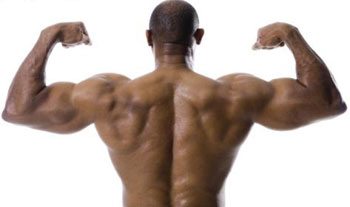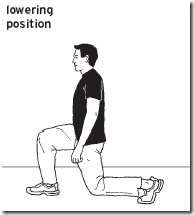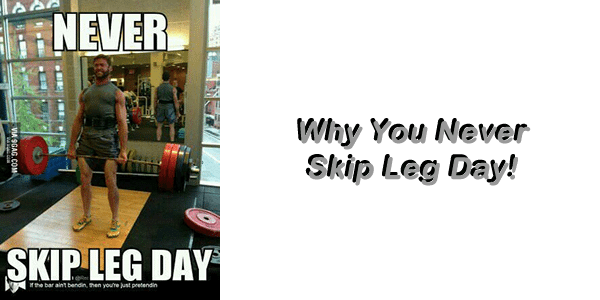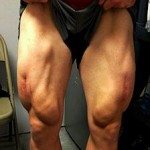
I figured I would have a little fun today and give you some “You know you lift weights when…” comments I found on the web.
You know you lift weights when…
…you drive past Gold's Gym but can't help trying to look in the windows.
…you hear “set” and you immediately wonder “How many reps?”
…you hear the clanging of weight plates in your sleep
…you hear someone call “Jim” and you think “gym”
…you get up at 4 a.m. to do your morning cardio
…you are mesmerized by the smell of chalk
Can you add any? List them in the comments below.



 If you want to have a great looking body then you cannot be neglecting leg days. They are a very important piece of the puzzle. Don't sell your progress short. Get to
If you want to have a great looking body then you cannot be neglecting leg days. They are a very important piece of the puzzle. Don't sell your progress short. Get to 
